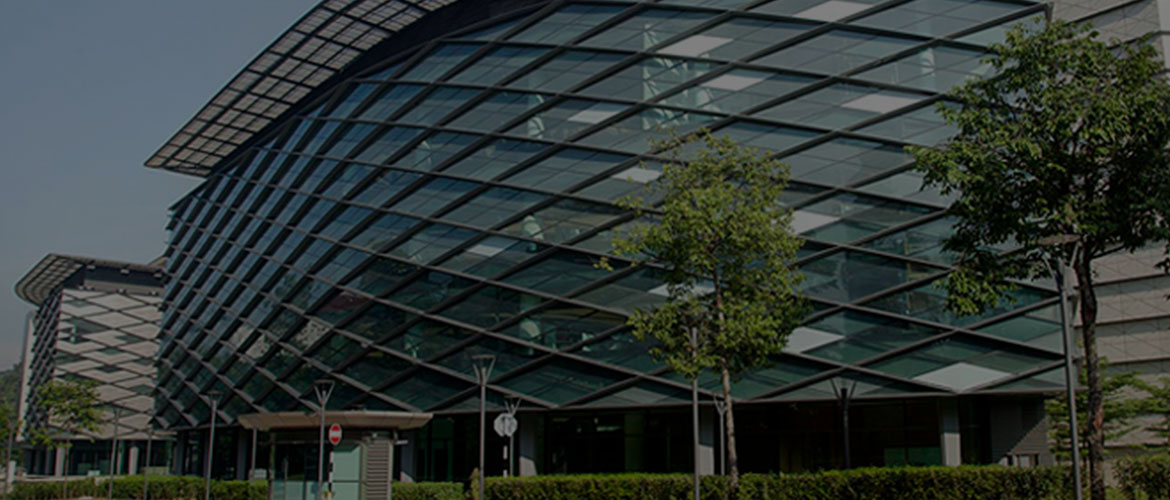Summary
The broadening of the access to and the affordability of internet services and smartphones have helped quicken the pace of the shift to digital payments. Merchant quick response (QR) code is gaining popularity in the region and is now becoming the preferred mode to initiate peer-to-merchant (P2M) payments. But as innovations in digital payments gathers pace, phishing scams and identity thefts pose constant risks to consumers and financial institutions. Integrating the ISO 20022 messaging standards into legacy systems can be a challenge particularly for smaller financial institutions given that this requires significant investment in infrastructure, software changes as well as employee training to make them understand the new standards. Looking ahead, a number of newer technologies will enter the retail payments sector. The promising ones include payments enabled by biometric authentication methods like fingerprint scanning or facial recognition, and P2M transactions enabled over the “sound medium” by establishing a secure channel for data transfer over Interactive Voice Response between devices. The progress made in the retail payments sector, including building the supporting infrastructure for fast payment systems, has opened up the opportunity for better cross-border payments connectivity. This will help promote regional trade to be settled in domestic currencies and reduce the foreign exchange fees associated with the correspondent banking model.







